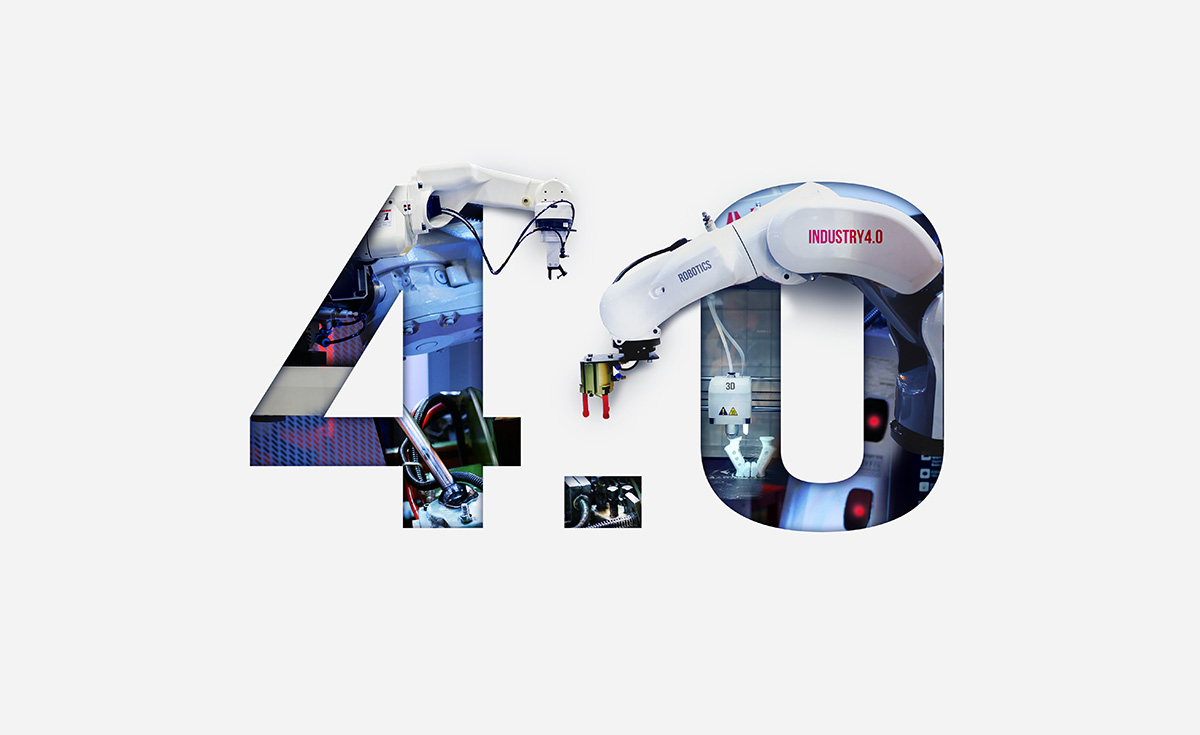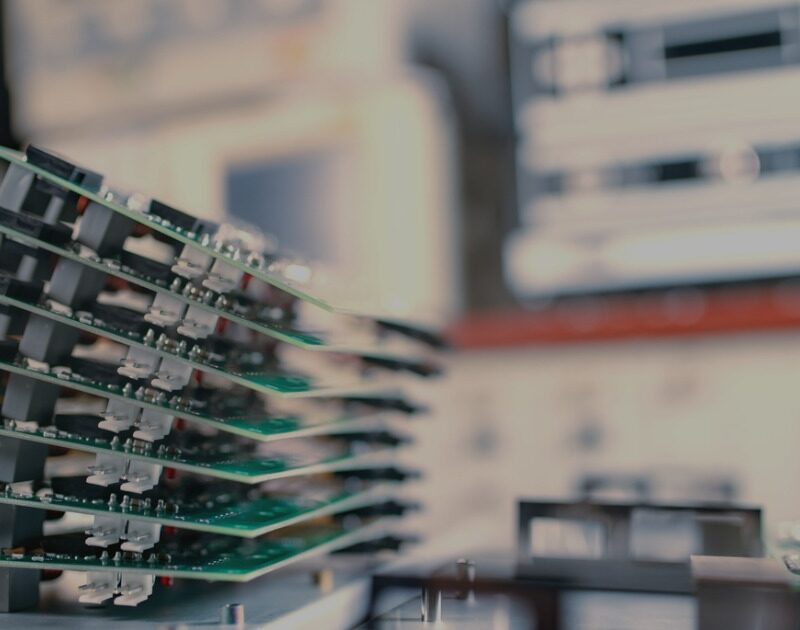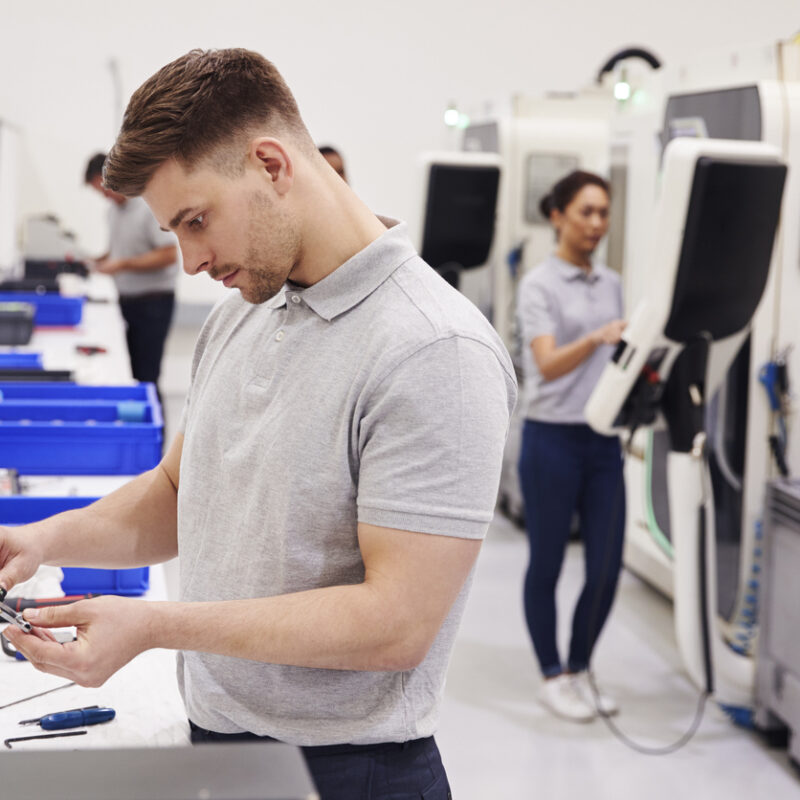
The fourth industrial revolution – or Industry 4.0 as you probably know it – has been front and center of tech media for years. But is it that revolutionary?
Well, sort of.
We’re here to look at the revolutions of years past, and the ones on the horizon, to figure out how important the here and now is – and just how much things are going to change in the coming years.
The Story So Far
We’ve written about Industry 4.0 before, and we made the case then that it’s more than a buzzword, it can actually be critical to business success – particularly in the long term. We still believe that is true. However, because it’s a huge deal for manufacturers the world over, the term is often hijacked by marketers looking to make a splash.
Looking back at industrial history, it’s clear that 4.0 is a different beast because it represents a far smaller change than its predecessors. Less of a revolution and more of an optimization:
- Industry 1.0: The first industrial revolution happened between the late 1700s and early 1800s and involved the use of water power and the invention of the steam engine to replace manual labor.
- Industry 2.0: In the early part of the 20th century, the world entered a second industrial revolution with the introduction of steel, the use of electricity in factories, and the invention of assembly lines and mass production.
- Industry 3.0: Starting in the late 1950s, a third industrial revolution slowly began to emerge, as manufacturers began incorporating electronics – and eventually computers – into their factories, with early-stage automation and increasing reliance on computer programmers and engineers.
- Industry 4.0: This is all about connectivity. It focuses heavily on interconnectivity, automation, machine learning, and real-time data and is also sometimes referred to as IIoT (Industrial Internet of Things) or smart manufacturing. Pretty much all machinery is interconnected using IoT network protocols, sensors, and control mechanisms that talk to each other.
Industry 6.0 – Yes, You Read That Right
Just quickly before number six, Industry 5.0 will be the introduction of robotics. Or, more accurately, the acceleration of their adoption. They’ve been around for decades in large-scale manufacturing, like the automotive sector, but as the technology becomes more accessible, we’ll see pick-up from smaller businesses. Of course, all these robots will be interconnected because of the 4.0 revolution we’re living in right now.
Beyond that? 6.0. Yes, that’s right, we are looking that far ahead. Why? Because these revolutions are inevitable, so it’s always good to see them coming. We see a future where WATS is in every manufacturing business.
Alright, stick with it for a moment. We accept that WATS isn’t going to be in EVERY business, but some form of super-powerful analytics platform that supports manufacturing will be. No more DIY solutions, but software that any business can afford to implement and supercharge their manufacturing with actionable insight. As it happens, that future is already here.
Want to take your manufacturing to another level, by driving up quality through actionable insight? You need WATS. Get in touch with us today.




